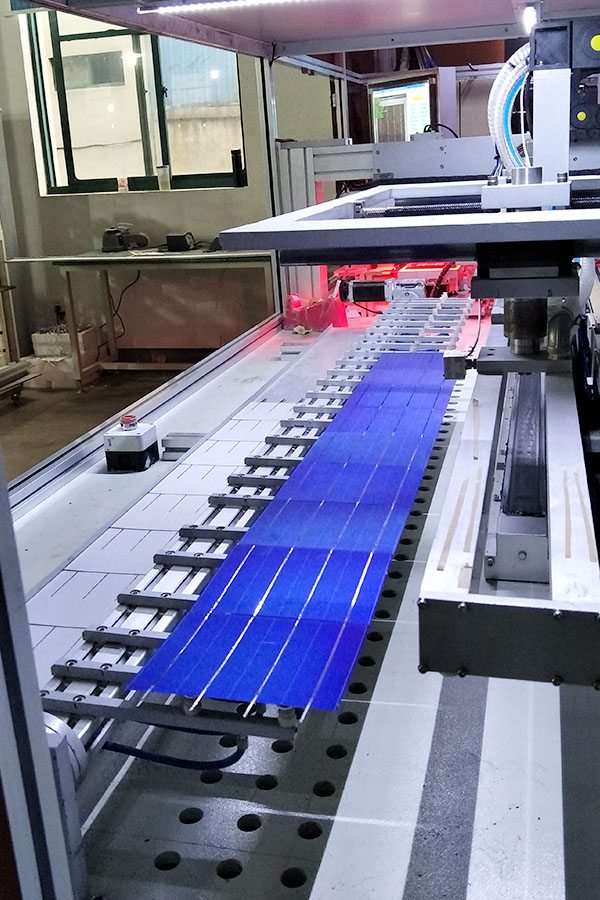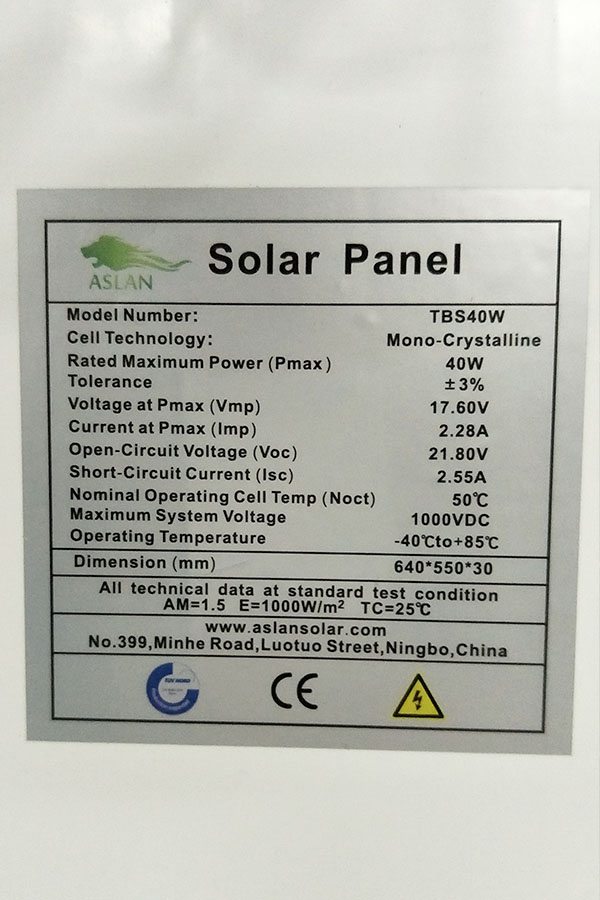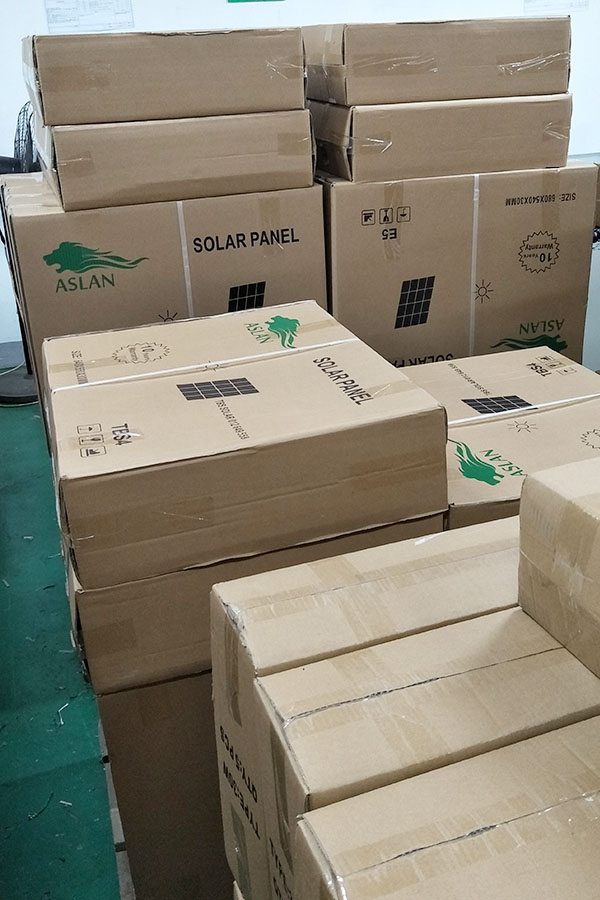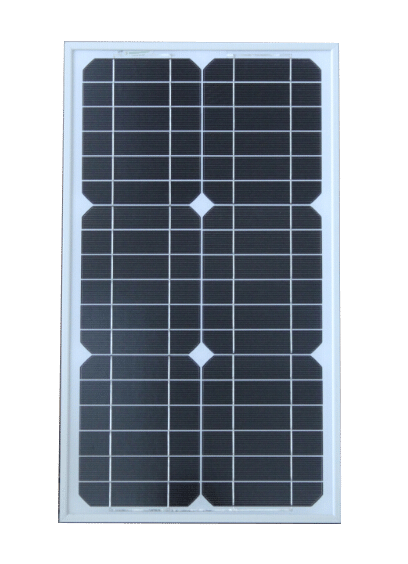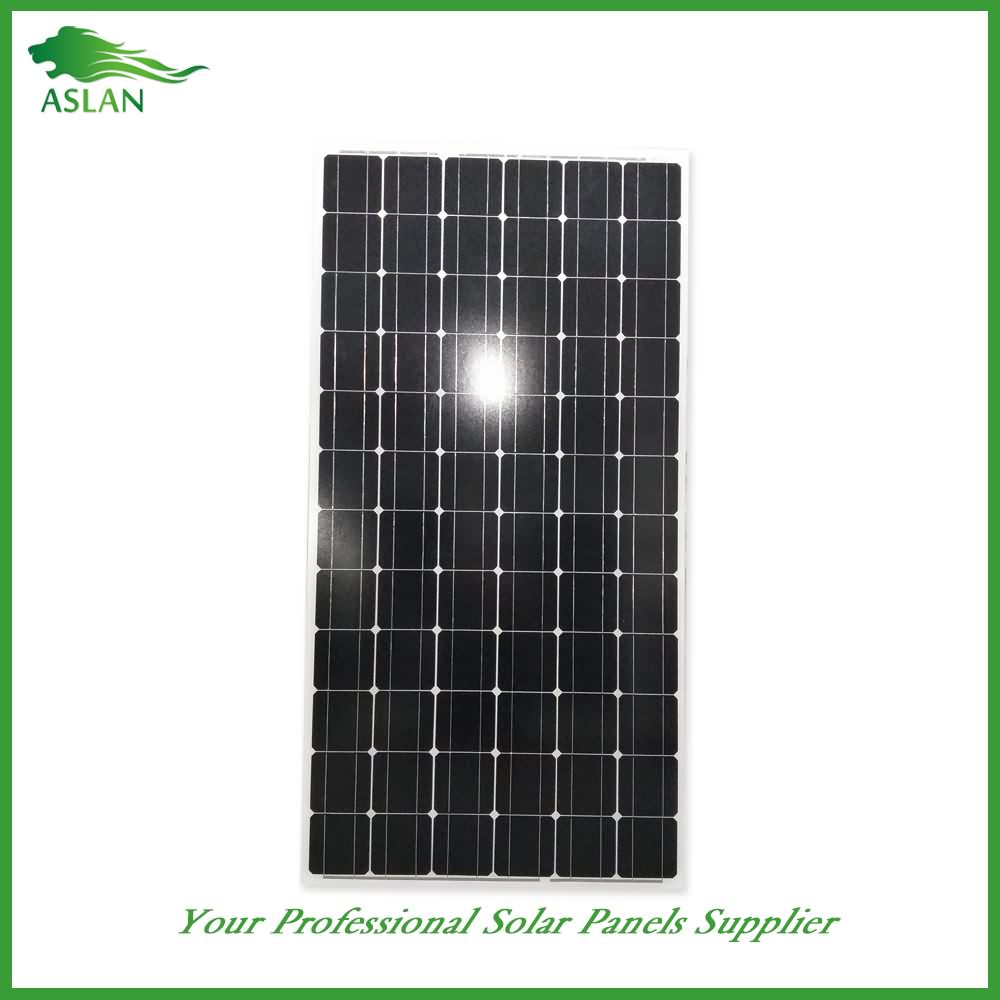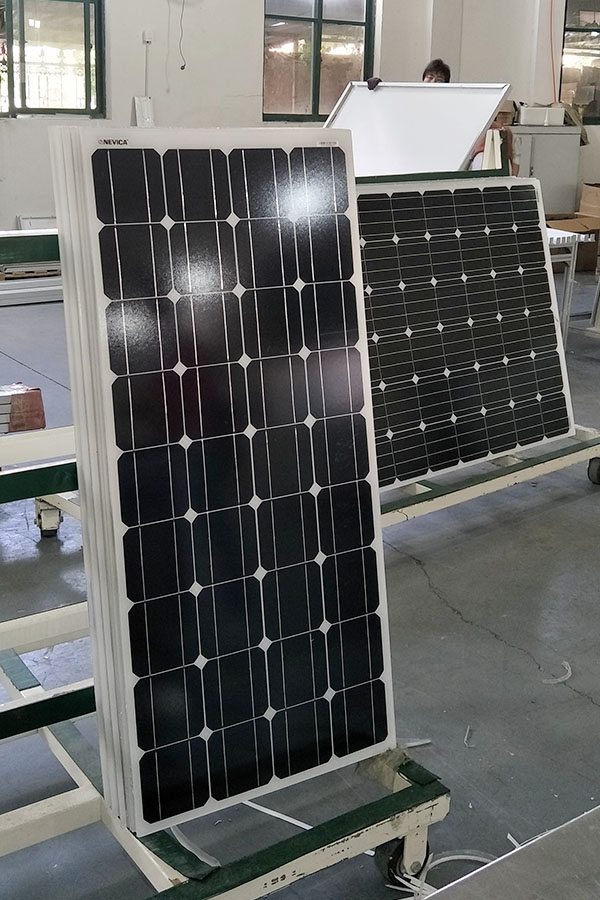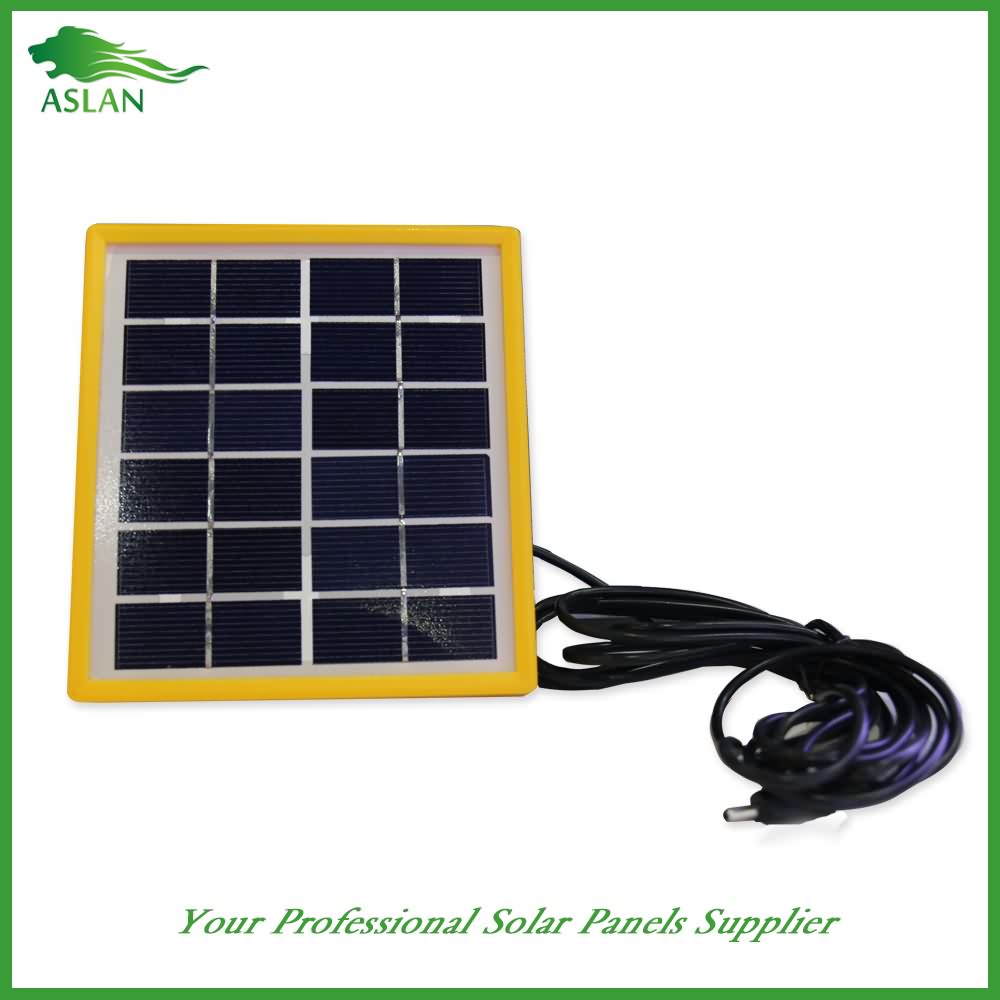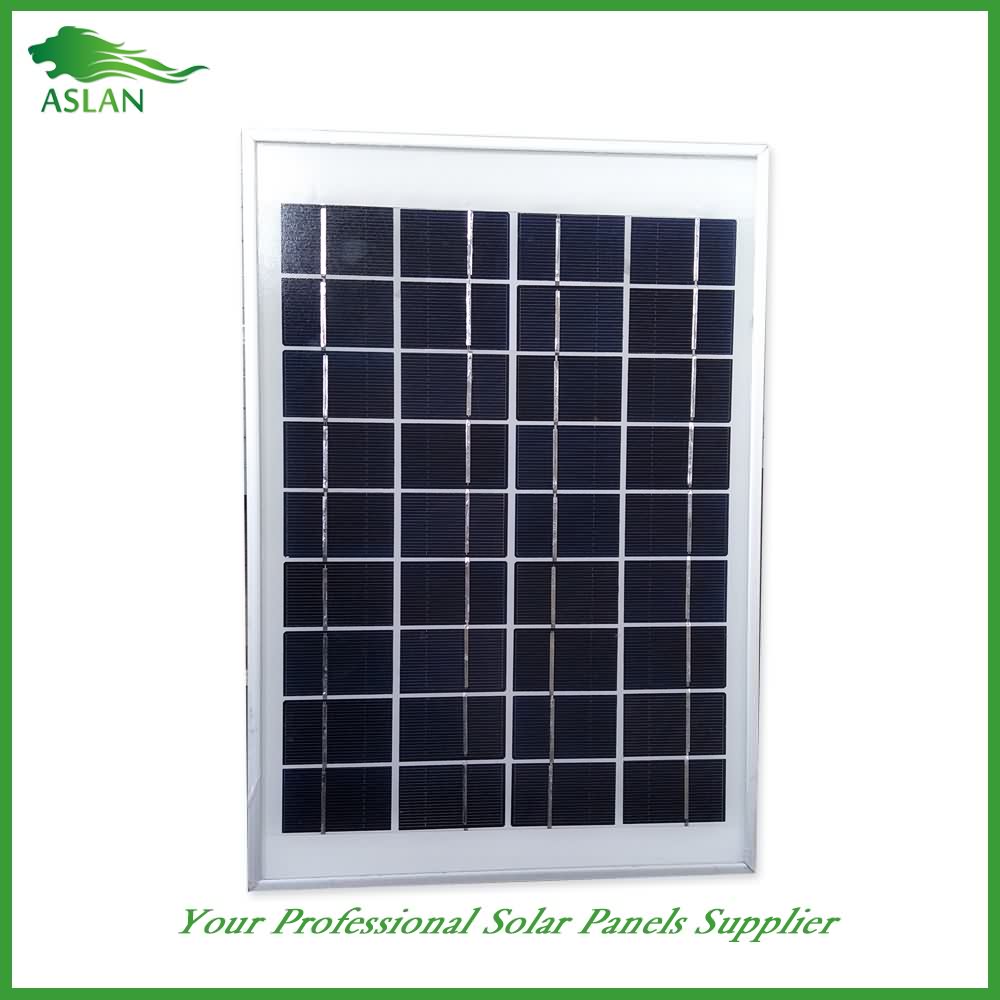23 Years Factory Poly-crystalline Solar Panel 40W to French Manufacturers
Short Description:
We enjoy a very good reputation among our customers for our excellent product quality, competitive price and the best service for 23 Years Factory Poly-crystalline Solar Panel 40W to French Manufacturers, Our professional technical team will be wholeheartedly at your service. We sincerely welcome you to visit our website and company and send us your inquiry.
Poly-crystalline Solar Panel 40W
Technical parameter
Maximum Power(W) 40W
Optimum Power Voltage(Vmp) 17.35V
Optimum Operating Current(Imp) 2.31A
Open Circuit Voltage(Voc) 21.16V
Short Circuit Current(Isc) 2.53A
Mechanical Characteristics
Cell Type Polycrystalline 156 x 52mm
No of Cell 36 (4x9pcs)
Dimensions 670x420x30mm
Weight 4.0Kg
Front Glass 3.5mm,High Transmission, Low Iron,Tempered Glass
Junction box IP65 Rated
Output Cable TUV 1×4.0mm2/UL12AWG,Length:900mm
Temperature and Coefficients
Operating Temperature(°C): -40°C ~ + 85°C
Maximum System Voltage: 600V(UL)/1000V(IEC) DC
Maximum Rated Current Series: 15A
Temperature Coefficients of Pmax: -0.47%
Temperature Coefficients of Voc: -0.389%
Temperature Coefficients of Isc: 0.057%
Nominal Operationg Cell Temperature (NOCT): 47+/-2°C
Materials of solar panel
1).Solar Cell——Polycrystalline solar cell 156*52mm
2).Front Glass——-3.2mm, high transmission, low iron, tempered glass
3).EVA——-excellent anti-aging EVA
4).TPT——-TPT hot seal made of flame resistance
5).Frame——anodized aluminum profile
6).Junction Box——-IP65 rated, high quality, with diode protection
Superiority: high quality anodized aluminum frame, high efficiency long life, easy installation, strong wind resistance, strong hail resistance.
Features
1. High cell efficiency with quality silicon materials for long term output stability
2. Strictly quality control ensure the stability and reliability, totally 23 QC procedures
3. High transmittance low iron tempered glass with enhanced stiffness and impact resistance
4. Both Poly-crystalline and Mono-crystalline
5. Excellent performance in harsh weather
6. Outstanding electrical performance under high temperature and low irradiance
Quality assurance testing
Thermal cycling test
Thermal shock test
Thermal/Freezing and high humidity cycling test
Electrical isolation test
Hail impact test
Mechanical, wind and twist loading test
Salt mist test
Light and water-exposure test
Moist carbon dioxide/sulphur dioxide
Rangkaian Controller Solar Panel -Aki – Inverter. Minus Solar Panel.
Untuk mengetahui perubahan arus dari DC (Aki) ke AC (Inverter) Melalui Load Controller Solar Panel.
This effect started off as a plain plastic silhouette type Xmas light, with a string of traditional tungsten lamps on it. I made a small inline capacitive dropper as used in many small LED mains powered lamps. It consists of a 100nF 400V capacitor with a 1 Megohm discharge resistor across it, and a 1K half watt resistor in series with a bridge rectifier made up of four 1N4007 diodes. I slid a bit of heatshrink sleeve over the hard wired PSU circuit, hot melt glued one end, and then potted it all in two part resin for safety. The output of the PSU is rectified and current limited mains voltage which lets me run all of the LEDs in series on the UK 240V mains supply. I then removed all the original push-in lamps in the effect and took the glass lamp out of it’s base, replacing the lamp with a bi-colour flashing LED. You can’t use the RGB flashing/fading LEDs in this arrangement because the pulse width dimming means they frequently go open circuit in normal use and with this circuit the open circuit voltage would be high. The LEDs I used flick alternatively between blue and green chips and since one LED is always on they are OK in this application.
I bent and cropped the leads of the LEDs and also used a pair of snips to crack the lens end of the LED off to give it a wider viewing angle. The irregular fissures of cracking the end off is a good visual effect. I then put the LEDs into the series string of sockets, noting the polarity. You MUST get the polarity right or the LEDs will be damaged with the high reverse voltage.
The end result is an effect where every point of light alternates between green and blue at its own speed, giving the effect of swirls and waves of colour on the effect.
The fact the PSU puts out unsmoothed DC meant that these LEDs flickered randomly when exposed to bright light. This is because the chip in the LED is exposed to external light and it affects the stability with rough DC. I tried a 100nF cap across the DC output and it fixed it immediately. However, I kinda liked the wild flickering so didn’t use the cap in the end. The effect works fine in the dark.
You may notice a duff LED on the left which is missing a colour. These were cheap ebay LEDs and you inevitably get a duffer or two. It’s easy to change them out though.
I put this up in my window for Xmas. It only draws about a watt of power which is very “eco”.

